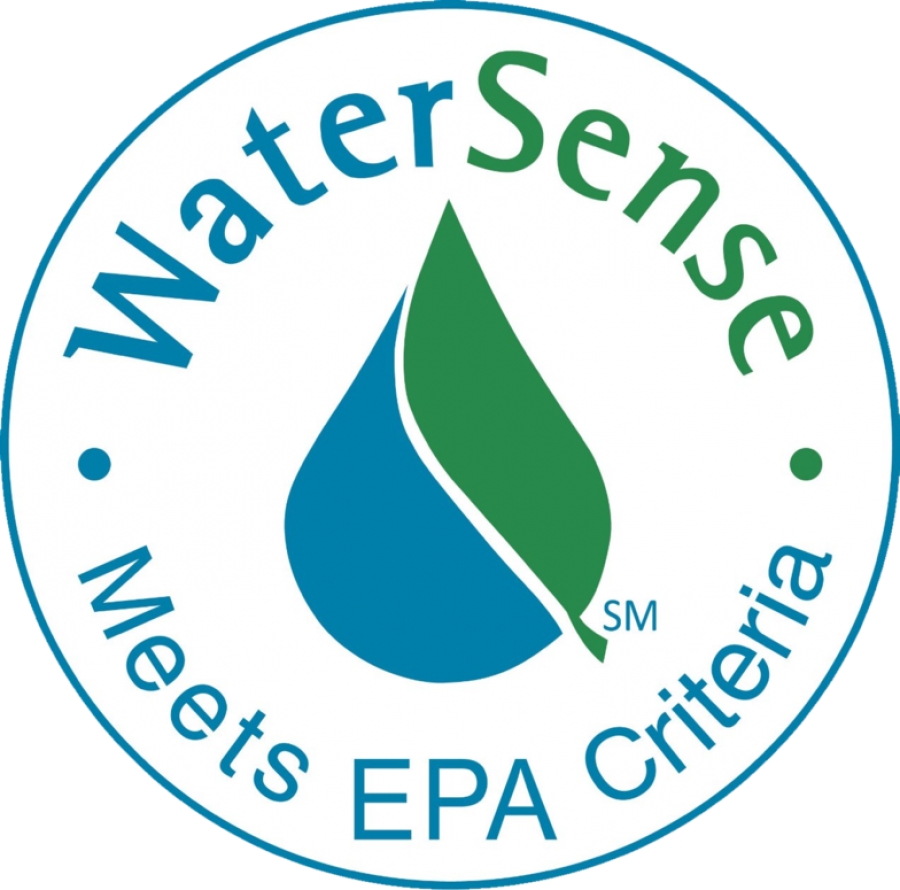Water conservation may not be the highest priority in the winter, but colder months are still a good time to check outside and inside your house for leaks and ways to conserve water for your desert home.
“The first thing to check would be the automated irrigation system to make sure it’s set up for the changing season,” said Las Cruces Utilities Water Conservation Program Coordinator Rhonda Diaz. “If you’ve set up an automatic watering system, it would be time to set it to maintenance mode instead of summer watering.”
Diaz explained that most Las Cruces residents have grass, trees, and shrubs that become dormant during the winter months.
“But that doesn’t mean dead,” she said.
She recommends a deep watering of trees and shrubs once a month and giving the grass a brief spraying should be enough to keep down the hay that gets on your shoes and tracked in by your pets.
When you see your grass start to turn yellow, it’s time to double-check the noises in your home.
“People get used to the sounds of water in their house, say a toilet that refills automatically every hour or the soft drip, drip of a faucet in a back room,” Diaz said. She explained that the main culprits of water waste are toilets, especially when older toilets can use 7 gallons per flush and new ones, called low-flush toilets, use only 1.2 gallons per flush.
An easy way to check for a leak in your toilet is by dropping non-toxic dye or food coloring in your toilet’s tank. If you see color in the bowl, then it’s time to repair the leak (usually the flapper) or consider an upgrade. Diaz said that water-efficient fixtures around the house should also get added to the list.
“Sometimes people worry about the loss of pressure when they upgrade their faucet aerators or showerheads to ones that use less water,” she said. “However, technology has come a long way, and the newer showerheads use air to increase the sensation of pressure.”
If you’re confused about what appliances and fixtures might be the most efficient upgrades, there is a program just like EnergyStar for energy-efficient appliances. For water efficiency, check for the WaterSense logo. WaterSense is an EPA (Environmental Protection Agency) program that offers a simple way for consumers to identify water-efficient products, both indoors and out.
LCU offers another tool for monitoring water use (along with gas) called UtilityHawk, which can be found on LCU’s UtilityHawk website: www.lcutilityhawk.com.
Customers can monitor for regular and unusual water use, a key way to help identify a water leak, especially if it’s undetectable or underground and seeping into the soil.
“The best time to watch usage is from midnight to 5 a.m. when most everyone is asleep,” said Diaz. UtilityHawk allows users to set limits to their water usage, and if water goes above that limit, the system automatically sends you an alert. To set up those limits, click the button “My Thresholds” on the UtilityHawk site.
Article by Cassie McClure of Las Cruces Utilities Connection

US EPA WaterSense
WaterSense, a voluntary partnership program sponsored by the U.S. Environmental Protection Agency (EPA), is both a label for water-efficient products and a resource for helping you save water.
The WaterSense label makes it simple to find water-efficient products, new homes, and programs that meet EPA’s criteria for efficiency and performance. WaterSense-labeled products and services are certified to use at least 20 percent less water, save energy, and perform as well as or better than regular models.
WaterSense partners with manufacturers, retailers and distributors, homebuilders, irrigation professionals, and utilities to bring WaterSense to your community. Our partnerships encourage innovation in manufacturing and support sustainable jobs for American workers.
Last modified: June 12, 2024

